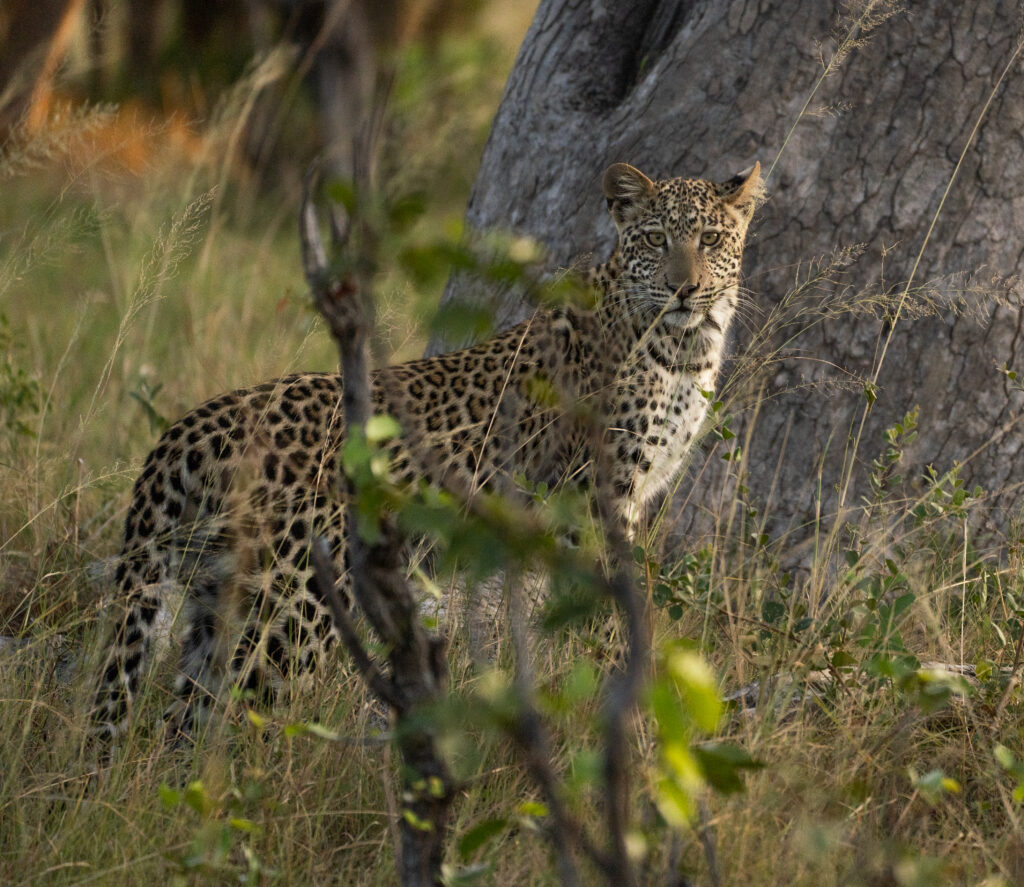5 fascinating facts about leopards
Sara • 04/16/2025
SHARE

- Leopards living in the driest parts of southern Africa can have home ranges as large as 2,000 km²—vastly larger than those in more fertile regions. This is due to the scarcity of prey, forcing them to roam much wider areas to find enough food. Males typically have larger territories than females, and while ranges may overlap, true territories are defended vigorously against members of the same sex.
2. Extreme Solitude and Territorial Behavior
These leopards are intensely solitary, coming together with the opposite sex only briefly for mating (usually just 1–4 days). Both males and females defend exclusive, same-sex territories. Male territories often encompass several female territories, allowing them to mate with multiple females as opportunities arise.
3. Flexible and Opportunistic Breeding
Leopards in southern Africa can breed at any time of year. Females enter oestrus for about a week every 20–50 days, signaling their readiness to mate with a distinctive “sawing” call. Mating bouts are intense, lasting two to five days, with frequent copulations every 5–10 minutes.
4. Small Litters and High Cub Mortality
A typical litter consists of two to three cubs (sometimes up to six), but survival is precarious—cub mortality can reach 50% due to predation by other carnivores like hyenas. Cubs are born blind and helpless, hidden away in dense bush or caves for the first six weeks. They remain dependent on their mother for up to 18 months, with play and exploration being crucial for developing survival skills.
5. Diverse and Unexpected Diet
While leopards in arid areas primarily hunt small to medium antelope (such as impala, duiker, and bushbuck), their diet is highly varied. They will also eat rodents, monkeys, birds, reptiles, insects, fish, and even other carnivores like servals and jackals. In times of prey scarcity, they may turn to livestock, especially on the fringes of their range.

